Explore figurative language in poetry with this age-appropriate poem and accompanying vocabulary questions.
What Is Figurative Language?
Figurative language does not have an everyday, literal meaning. Writers use it to make a comparison or for dramatic effect. Some examples of figurative language are:
- Alliteration: The repetition of the same sound at the start of a word.
- Simile: Phrases that use ‘like’ or ‘as’ to compare one object to another.
- Personification: Giving non-living things human characteristics.
When teaching figurative language such as similes and metaphors, it can often be challenging to locate age-appropriate examples to use with our students. We are here to help!
Examples of Figurative Language in Poetry
This set of figurative language worksheets has been designed specifically to give your students practice in identifying and interpreting figurative language in poetry. Students must read the poem Falling Leaves (written by Teach Starter’s very own Stephanie Mulrooney), then identify, interpret and consider the effects of alliteration, simile and personification within the poem. Students are also required to make up their own examples of alliteration, simile and personification using the poem for inspiration.
Multiple Applications for This Figurative Language Worksheet
In addition to independent student work time, use this worksheet as an activity as a:
- guided group activity
- whole-class lesson
- homework assignment
- summative assessment.
Download the File Format that Best Suits You!
Use the dropdown menu next to the Download button to access the editable Google Slides file or the easy-print PDF version of this resource.
As this resource contains an answer sheet, we recommend you print one copy, then photocopy the desired number of worksheets for your class.
Alternatively, why not project the worksheets onto your interactive whiteboard and avoid printing altogether? This saves you time and saves our environment… it’s a win-win for all!
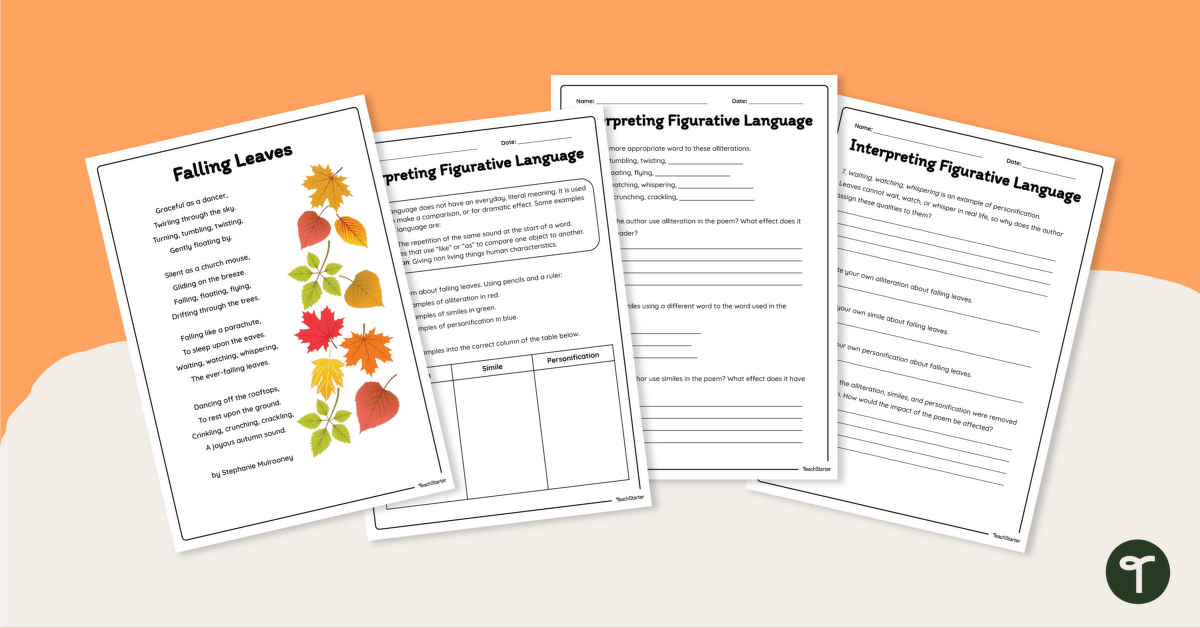


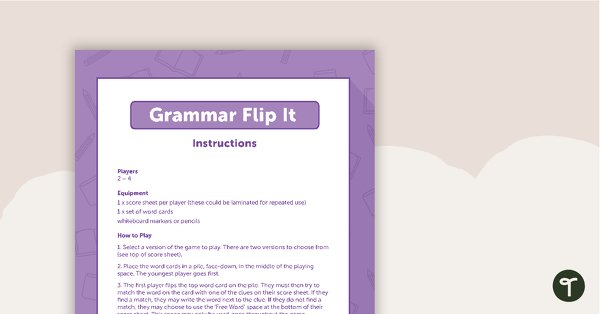

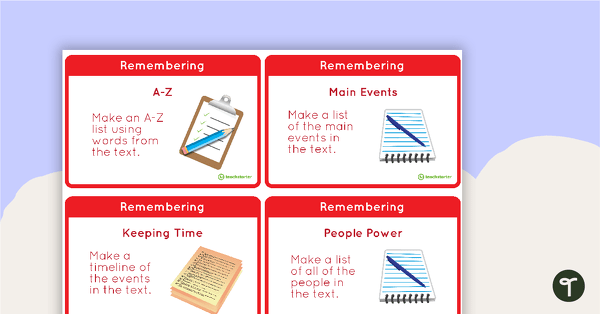
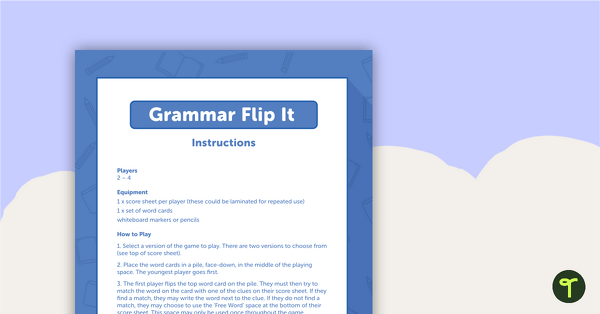


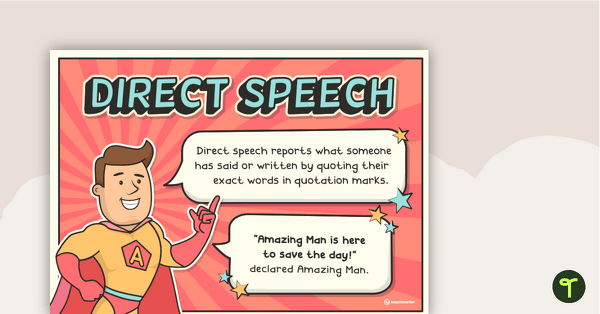

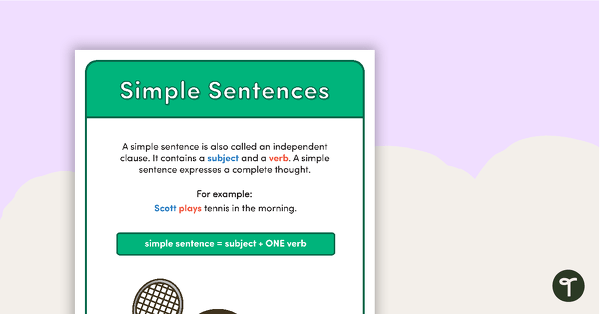
0 Comments
Write a review to help other teachers and parents like yourself. If you'd like to request a change to this resource, or report an error, select the corresponding tab above.